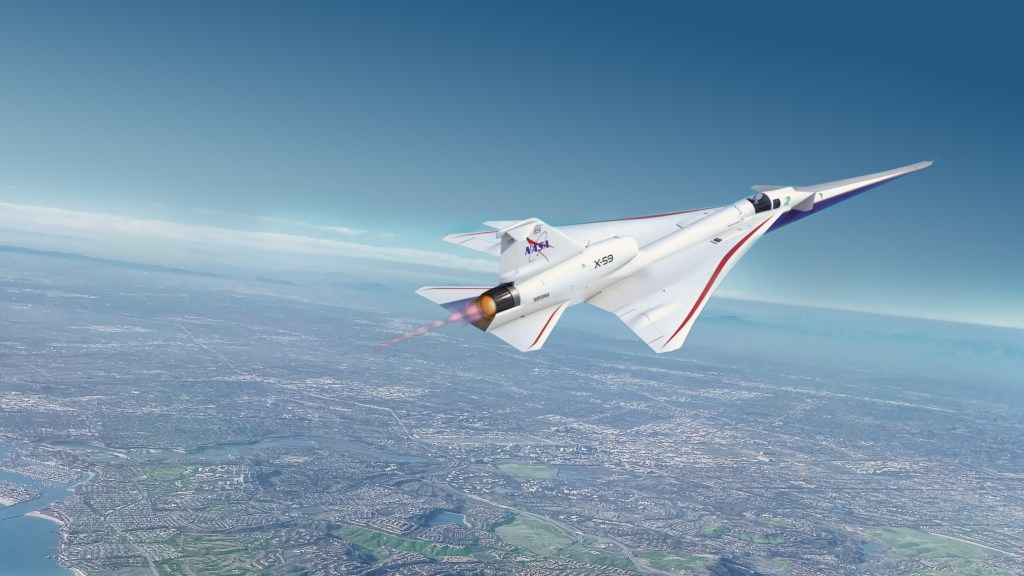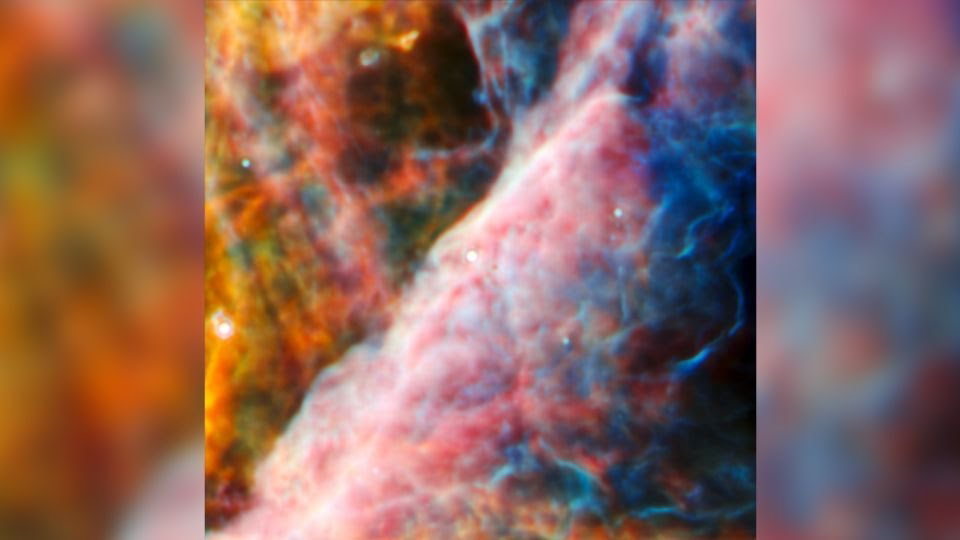Psyche Mission to Provide New Insights into Formation of Solar System
NASA’s Psyche mission is set to launch in October 2023, and it will be the first mission to explore a metal-rich asteroid. The asteroid, named Psyche, is located in the main asteroid belt between Mars and Jupiter. It is about 140 miles (226 kilometers) in diameter, and it is thought to be the exposed nickel-iron core of an early planet.
Credit: NASA
The Psyche mission will use a solar-electric propulsion system to travel to the asteroid. The spacecraft will also carry a variety of scientific instruments, including a multispectral imager, a gamma-ray and neutron spectrometer, a magnetometer, and a gravity science instrument.
The mission’s primary goal is to study the composition and structure of Psyche. Scientists hope to learn more about the formation of the solar system and the early history of planets. They also hope to learn more about the composition of Earth’s core.
The Psyche mission is a high-risk, high-reward mission. If successful, it will provide valuable insights into the formation of our solar system.
Science Goals
The Psyche mission has three main science goals:
- To understand a previously unexplored building block of planet formation: iron cores.
- To look inside terrestrial planets, including Earth, by directly examining the interior of a differentiated body, which otherwise could not be seen.
- To explore a new type of world. For the first time, examine a world made not of rock and ice, but metal.
Science Objectives
To achieve its science goals, the Psyche mission will focus on the following science objectives:
- Determine whether Psyche is a core, or if it is unmelted material.
- Determine the relative ages of regions of Psyche’s surface.
- Determine whether small metal bodies incorporate the same light elements as are expected in the Earth’s high-pressure core.
- Determine whether Psyche was formed under conditions more oxidizing or more reducing than Earth’s core.
Characterize Psyche’s topography.
Scientific Instruments and Investigations
The Psyche mission will carry a variety of scientific instruments to help it achieve its science goals. These instruments include:
- Multispectral Imager: This instrument will image Psyche in multiple wavelengths of light, which will help scientists to map its surface and to study its composition.
- Gamma Ray and Neutron Spectrometer: This instrument will measure the gamma rays and neutrons emitted by Psyche, which will help scientists to study its composition and to learn more about its history.
- Magnetometer: This instrument will measure the magnetic field of Psyche, which will help scientists to study its interior structure.
- X-band Gravity Science Investigation: This instrument will use radar to measure the gravity field of Psyche, which will help scientists to learn more about its shape and composition.
Deep Space Optical Communication (DSOC)
The Psyche mission will also test a sophisticated new laser communication technology called Deep Space Optical Communication (DSOC). DSOC uses light instead of radio waves to communicate between a probe in deep space and Earth. This allows the spacecraft to communicate more data in a given amount of time. The DSOC team is based at the Jet Propulsion Laboratory.
The Psyche mission is a groundbreaking mission that has the potential to revolutionize our understanding of the solar system. With its innovative scientific instruments and its cutting-edge laser communication technology, the Psyche mission is poised to make major discoveries about the formation of planets and the early history of our solar system.
©️ Rocky Mountain Dispatch 2023




Comments
Post a Comment